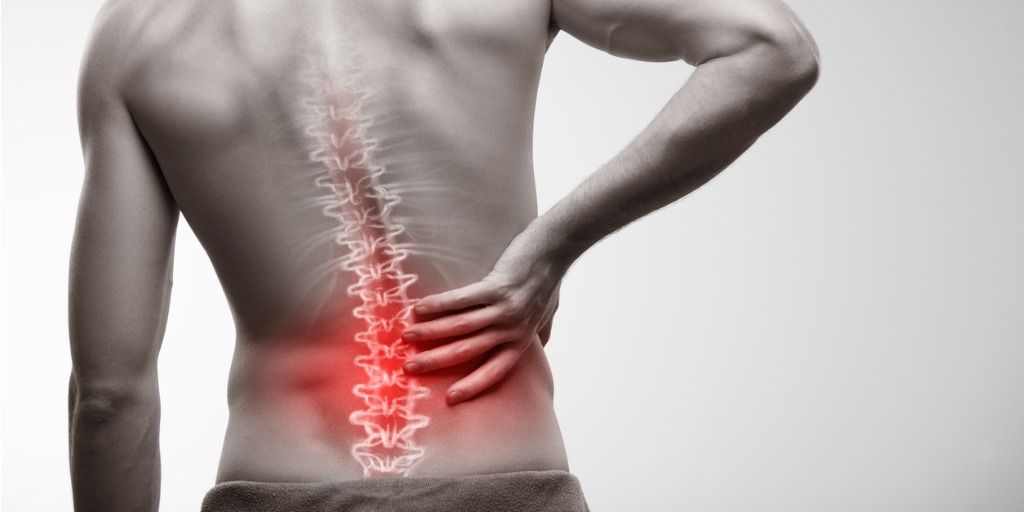Cardio Vs Resistance Training: Which is better?
There are many different forms of physical activity that provide benefits to our overall health. These activities can be in the form of running in the park, lifting weights in the gym, or even doing circuit training through bootcamp sessions just to name a few. For some people, the question remains, “What is the best form of exercise?”
Physical activity has been proven to have many benefits such as improvements in cardiovascular fitness, muscular strength, muscular endurance and develop overall physical and mental well-being. As mentioned earlier, there may be instances where some individuals are more inclined towards aerobic exercises such as running and cycling, whereas others prefer the muscular strength aspects achieved through resistance training.
These activities are two common forms of exercise and they have their fair share of benefits towards our overall health, but which one is better? As beneficial as they both are, we also have to understand that it is not a ‘one size fits all’ for everyone when it comes to performing physical activity.
Benefits of Cardio
- Improves cardiovascular health by helping to lower blood pressure and cholesterol.
- Reduces risk of falls through improvements in balance and agility.
- Release of endorphins that significantly relieves stress and acts as a natural energy booster.
- Strengthens immunity levels by increasing antibodies known as “immunoglobulins” produced naturally by the immune system to help combat infections and diseases.
- Achieves weight loss as you burn hundreds of calories in a single session.
Benefits of Resistance Training
- Improves muscular strength and muscle mass.
- Protects bone health by improving bone density, structure, strength and overall functional performance.
- Improves mood and boosts energy levels through the elevation of endorphins.
- Increases resting metabolism. While cardio aids in burning the number of calories in a session, resistance training helps keep your metabolism active for much longer and continues to burn calories even after a workout.
A study was conducted over a 12-week period comparing the effects of the different exercise modalities and it concluded that performing a combination of both aerobic and resistance training gave greater benefits in terms of weight loss, fat loss and cardio-respiratory fitness as compared to the respective exercise modalities on its own. This just proves that one mode of exercise is not necessarily superior to the other but having a combination of the two would achieve better results. At the end of the day, everyone is aware that any form of physical activity is beneficial for you. We just have to remember that most people may have difficulty finding the time to exercise so it is important to understand which exercise modality is most effective and suited to work around the individual’s circumstances.

Haseef Salim
Accredited Exercise Physiologist (AEP, AES) (ESSAM)
Department of Health | Physical Activity. (2021). Retrieved 12 February 2021, from https://www1.health.gov.au/internet/main/publishing.nsf/Content/phy-activity
Ho, S., Dhaliwal, S., Hills, A., & Pal, S. (2012). The effect of 12 weeks of aerobic, resistance or combination exercise training on cardiovascular risk factors in the overweight and obese in a randomized trial. BMC Public Health , 12 (1). doi: 10.1186/1471-2458-12-704




